Chickpeas are an annual plant of the legume family. Chickpeas (Cicer arietinu) are considered one of the earliest cultivated by humans cultures. Archaeologists have found that chickpeas are used by humans since ancient times. In Greece, chickpea seeds are found from 5450 BC, and in Iraq, seeds were found dating from the Bronze Age.
The birthplace of this leguminous crop is considered the region of Malaysia, particularly in the vicinity of the great biblical-city Jericho. Chickpeas were eaten by its citizens 7, 500 years ago. As a cultivated crop chickpeas were produced 5, 000 years ago in the Mediterranean and the plant spread a millennium later in the Indian.
Over the millennia and centuries, chickpeas put down deep roots in the cuisine of various nations. The crop is a favorite of many civilizations - the Greeks, Romans and Egyptians. In the culinary traditions of many countries around the world chickpeas have long earned a place. In North Africa, the Middle East, the Mediterranean (Spain, southern France) and in India, people all prepare traditional dishes with chickpeas. The spread of chickpeas worldwide is not only due to Spanish and Portuguese traders, but many Indian immigrants, who brought it into subtropical areas.
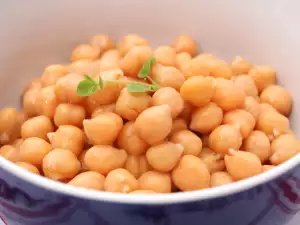
Composition of chickpeas
- Lecithin
- Phosphorus
- Potassium
- Vitamin B1, B2, B6, B9, PP, A.
- Vitamin C - range 2 2 -20 mg per 100 g of biomass and in grown seeds increased to 147.6 mg per 100 g dry matter.
- Fat - depending on the variety, range 4, 1-7, to 2%. For this indicator, chickpeas outperform all other legumes except soy.
- Protein : 20 range, 1 to 32, 4%.
- Amino acids. Contained in very little quantities in chickpeas. Soybeans and peas contain large amounts of protein, but in quality and balanced amino acid composition, chickpeas outperform other legumes.
100 g of chickpeas contains the following nutrients:
Protein - 19 g, Carbohydrates - 60 g Fat - 6 g
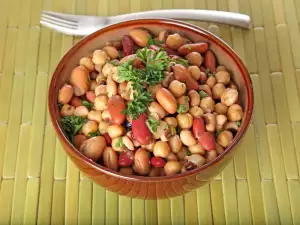
Minerals: Calcium - 100 mg Iron - 6 mg Magnesium - 115 mg Phosphorus - 366 mg Potassium - 875 mg Sodium - 24 mg Zinc - 3 mg Copper - 0.8 mg Manganese - 2 mg Selenium - 8 mg
Chickpeas are with a low glycemic index (10) and low glycemic index load (3). This makes it an excellent diet food, suitable for people who want to lose weight.
Types of chickpeas
Usually chickpeas are found on a big shrub reaching a height of 20 to 70 cm. The seeds are round and resemble a bulge in a sheep's head, so many places call them by the nicknames "sheep peas "or" bird peas". Varieties with white, yellow, pink and pale yellow grains are used for food. Dark-colored beans, characterized by increased protein, are used as animal feed. The black chickpea, however, is highly valued in Indian cuisine and is prepared often in the form of a dish called Kala chan.
However, there are basically two types of chickpea - Desi and Kabul, with tens of known varieties, differing in color, taste, smoothness, texture, density, etc. Chickpeas of the "desi" type give small and dark beans with a rough surface and are cultivated mainly in India, Mexico, Ethiopia and Iran. "Kabul" gives large and bright beige beans with a smooth surface. Grown mainly in the Mediterranean part of Europe, North Africa, Afghanistan and Chile.
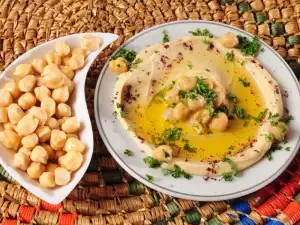
Selecting and storing chickpeas
Always check the expiry date of the chickpeas, when you buy in bags or sealed containers. Whether you buy raw dried or roasted, check for signs of mold or smell. Usually raw chickpeas are baked in Vacuums bags, and raw or dried and sterilized jars.
If you buy raw chickpeas look if they have eaten grains. If possible, check the core and break a grain. It is best to keep the chickpeas in a dark, cool and dry place to prevent germination. Dried chickpeas can be stored this way for one year. If sprouting - better not eat them.
Cooking chickpeas
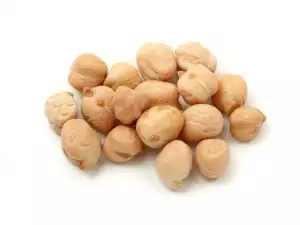
Chickpeas are often added to soups, pilaf, garnishes, salads, pies and meatballs (falafel). From them is made flour, which when added (10-20%) to wheat, improves the nutritional quality of bread, pasta and pastries.
From this flour, in pure form or blended with milk powder, are prepared paste and various children's foods. Even coffee is made from chickpeas, which tastes pretty close to the original drink, but does not contain caffeine. You just bake the peas and boil them as coffee would be. Chickpeas are perfect for preparing meals with meats, cereal, stews, etc.
Benefits of chickpeas
Since ancient times, chickpeas are used as medicine – this suggests the beneficial effect of the activity of the stomach. It is believed that packs of young plants treated sores, ulcers, cancer, improve skin tone, prevented skin diseases and destroyed warts. Chickpeas are considered an aphrodisiac and was used as such by both the ancient Egyptians and Arabs.
Dangers of chickpeas
Chickpeas are high in purines, which are natural compounds typical in plants and animals, including humans. Increased intake is associated with the production of uric acid. This in turn is associated with the occurrence of gout and kidney stones.
That is why people suffering from gout or kidney problems better avoid consuming chickpeas. Chickpeas can also cause allergic reactions or even so - called protein poisoning that occurs after eating a roasted chickpea, but it is quite rare.
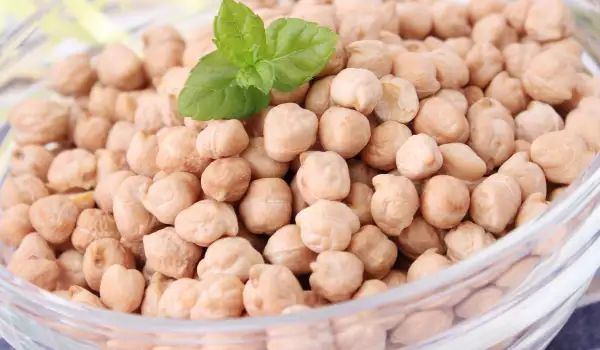
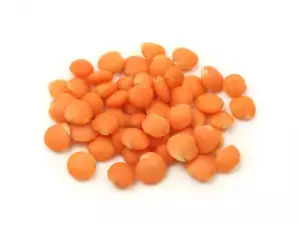
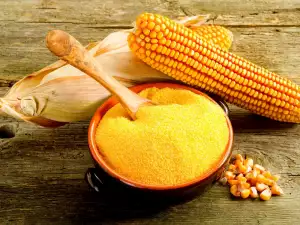
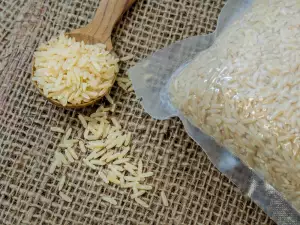
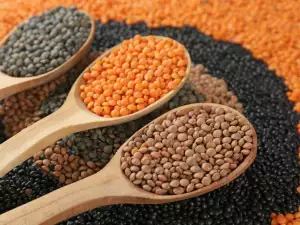
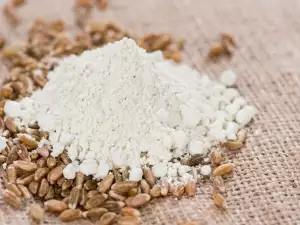
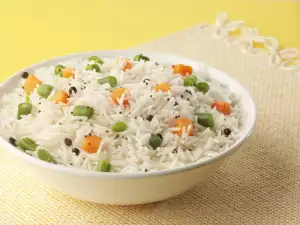
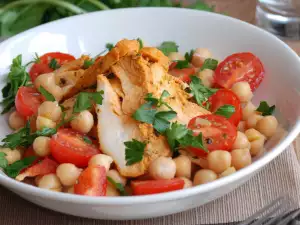
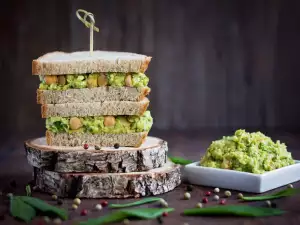
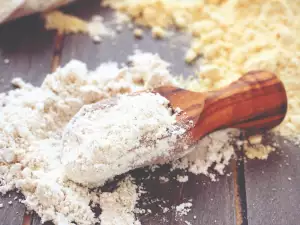
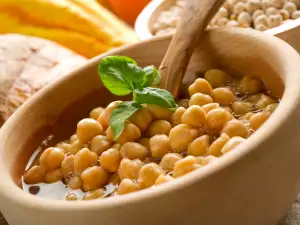
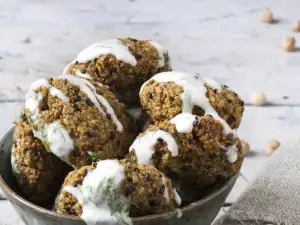
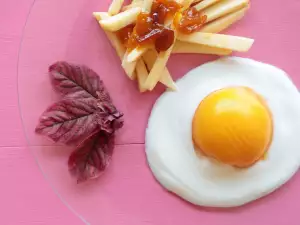
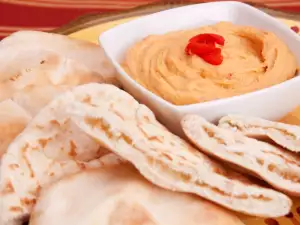




Comments